Last updated on August 3rd, 2025 at 11:32 am
Learn how to make beef tallow on your homestead. This natural animal fat has been a staple in traditional kitchens for generations, and for good reason. This versatile, healthy fat is perfect for high-heat cooking, deep frying, and even skincare. Making your own beef tallow at home is simple, cost-effective, and satisfying.
Learning How to Make Beef Tallow
I still remember the first time my mother-in-law showed me how to render both beef tallow and pork lard, over 40 years ago. Back then, it wasn’t a trendy skill or a hobby—it was simply part of our daily lives on our family’s dairy farm.
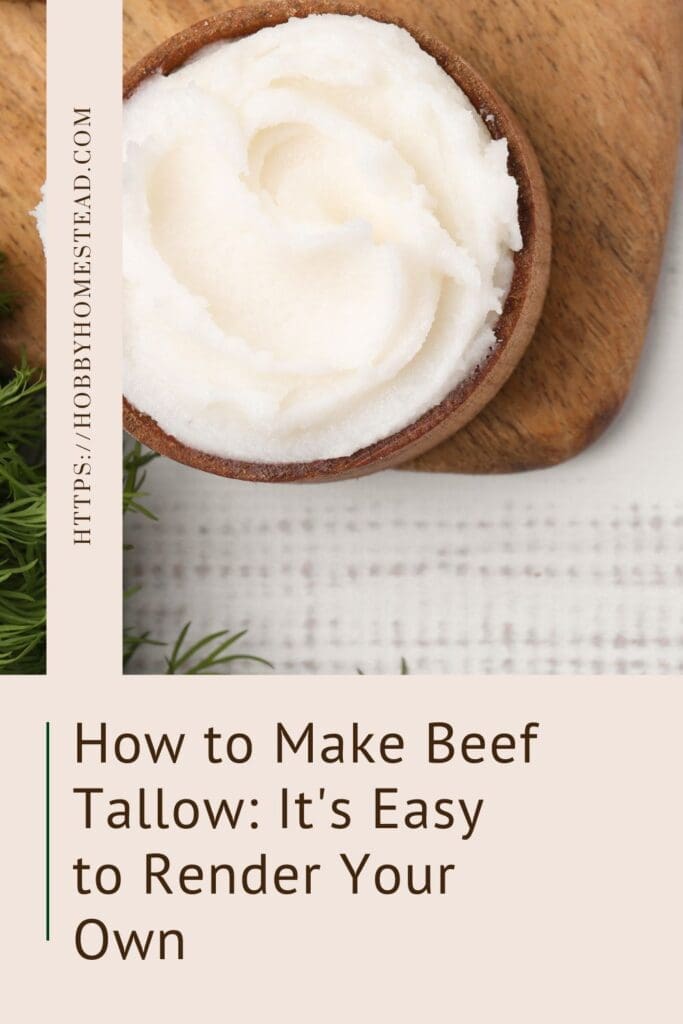
After a long day of work, she would patiently teach me the process, explaining the importance of using every part of the animal and wasting nothing. Watching the fat melt down into what she lovingly called ‘liquid gold’ was like unlocking a secret to self-sufficiency.
Those moments taught me the value of traditional skills, and I still use her methods to this day. Every time I render my own tallow or lard, I feel a connection to those simpler times and the resourcefulness that farm life instilled in me.
Whether you’re using fat trimmings from your local butcher or beef suet from a grass-fed cow, the rendering process transforms fat into a useful kitchen staple.
Follow this guide to learn how to render beef tallow for different uses, store it properly, and enjoy its long shelf life. Make this in the oven, in a slow cooker, or on the stove top.
What Is Beef Tallow?
Beef tallow is rendered beef fat, a natural cooking fat with a high smoke point, making it ideal for frying, roasting, and other high-temperature cooking methods.
Traditionally, it comes from kidney fat or leaf fat but can also be made from other beef fat trimmings. Unlike vegetable oils or vegetable shortening, beef tallow is a saturated fat that provides a rich flavor and excellent cooking performance.
It’s a sustainable way to use animal fats that might otherwise go to waste, making it perfect for those embracing a zero-waste or homesteading lifestyle.
Benefits of Beef Tallow
Culinary Uses. Ideal for deep frying, roasting, or searing meats like beef brisket, and even for making homemade french fries.
Health Benefits. Rich in healthy fat and linoleic acid, it’s a natural alternative to processed fats like coconut oil or olive oil.
Skincare and DIY. Use rendered tallow as a base for balms or mix it with essential oils for a natural moisturizer.
Sustainability. Making your own tallow reduces food waste and eliminates the extra cost of store-bought products.
How to Use Beef Tallow
Cooking. Perfect for high-heat cooking like frying or sautéing. Its high smoke point ensures stable cooking without burning.
Baking. Use it in place of butter or vegetable shortening for pie crusts or biscuits.
Non-Culinary Uses. Lubricate cast iron pans, make candles, or use as a natural wood conditioner.
Equipment
You can make the tallow in the oven using a roasting pan, the slow cooker, or on the stove top in a heavy bottom pan such as a Dutch oven.
You will need a fine mesh strainer, cheesecloth, strainer, or coffee filter to strain out the crispy bits.
A Heat-safe container or mason jar for storing the rendered tallow.
Yield: Approximately 1.5 cups of rendered tallow per pound of fat.
How to Make Beef Tallow: It’s Easy to Render Your Own
As an Amazon Associate I earn from qualifying purchases.
Equipment
Ingredients
- 2 Pounds Beef Suet or fat trimmings
- 1 Cup Water optional, for wet rendering
Instructions
- Chop beef suet or fat trimmings into small pieces using a knife or food processor.2 Pounds Beef Suet
Stove Top Rendering
- Dry Rendering Method. Add fat pieces to a Dutch oven or crock pot and cook over very low heat. Avoid high temperatures to prevent a burnt flavor.
- Wet Rendering Method on the. Add a cup of water to the large pot with the fat to reduce the risk of burning during the cooking process.1 Cup Water
- Heat the pot over low to medium-low heat. Stir occasionally to ensure the fat is evenly melting. The water will evaporate as the fat heats up. Continue cooking for 2-3 hours, keeping the heat low and allowing the fat to slowly melt. You’ll notice small bubbles forming as the solid fat breaks down.
Slow Cooker Rendering
- Place the chopped fat in the slow cooker. You don’t need to add any water, as the fat will release its own moisture during the rendering process.
- Set the slow cooker to the “low” setting. This will ensure the fat melts slowly over time without burning. The process can take anywhere from 6 to 8 hours, depending on the amount of fat you’re rendering and the specific slow cooker you’re using.
- About halfway through the process, give the fat a good stir to ensure it’s rendering evenly. You may want to check every couple of hours to see how things are progressing. If the fat is starting to burn on the edges, you can lower the heat.
Oven Rendering
- Preheat your oven to 250°F (120°C). This low temperature allows the fat to render slowly without burning.
- Spread the chopped fat in a single layer in a roasting pan.
- Bake for 2 to 3 hours, stirring every 30-45 minutes to ensure even rendering. The fat will slowly melt, and you’ll notice liquid tallow collecting in the pan.
- Strain the Fat. Use a fine mesh strainer or coffee filter to strain out any bits of meat or impurities. Pour the rendered tallow into glass jars while still a liquid tallow.
- Cool and Store. Allow the fat to cool and solidify into a hard fat. Seal jars with airtight lids and store in a dark place.
Nutrition
Homemade Beef Tallow Recipe Tips for Success
Start with Quality Fat. Ask your local butcher or farm for grass-fed beef suet or leaf fat for the best results.
Low and Slow. Use the lowest setting on your slow cooker or Dutch oven to avoid burning. High heat can lead to a bitter taste.
Straining. Use a coffee filter or fine mesh strainer to achieve a smooth, clean final product.
Pouring Liquid in Molds. It can be really challenging to remove hardened tallow from jars, especially when it’s cold. Tallow tends to be much firmer than lard, making it nearly impossible to chip out of a mason jar without significant effort. To avoid this issue, I recommend pouring the liquid tallow into molds or bar shapes before it solidifies. This way, it’s easy to pop out and use as needed, and you won’t struggle with trying to scrape it out of the jar!
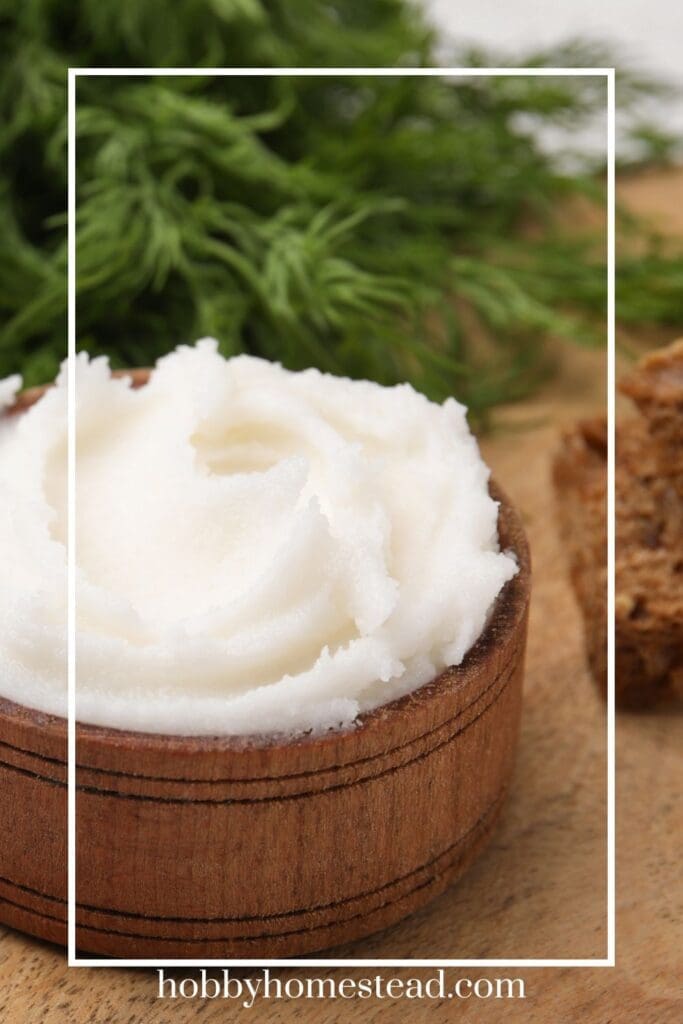
How to Store Beef Tallow
Beef tallow has an incredibly long shelf life if stored properly.
Room Temperature. Store in airtight containers like wide-mouth mason jars for up to a month.
Refrigeration. Keep in a dark place in the fridge for extended storage. Up to 12 months. Tallow can last up to a year in the refrigerator if stored in an airtight container. Keep the container sealed tightly to prevent moisture or odors from affecting the tallow.
In the Freezer
Freeze in small batches in airtight containers. It will last up to 2 years or more. When frozen, tallow can last for two years or longer. To maintain its quality, store it in a freezer-safe airtight container or heavy-duty zip-top bag.
Isn’t Tallow and Lard the Same Thing?
Tallow and lard are similar but not the same. They are both rendered animal fats, but they come from different animals and have unique characteristics.
Key Differences Between Tallow and Lard
- Source of Fat
- Tallow. Made from beef or mutton fat, particularly kidney fat (also known as leaf fat) or other beef fat trimmings.
- Lard. Made from pork fat, typically back fat or leaf fat from around the kidneys of pigs.
- Texture and Solidification
- Tallow. At room temperature, tallow is firmer and has a higher melting point.
- Lard. Softer at room temperature and has a lower melting point.
- Flavor
- Tallow. Has a stronger flavor that pairs well with beef or savory dishes.
- Lard. Milder in flavor, making it more versatile for cooking and baking.
- Culinary Uses
- Tallow. Commonly used for high-heat cooking like deep frying and searing, and as a base for skincare products.
- Lard. Preferred in baking for creating flaky pie crusts and tender pastries, as well as for frying and sautéing.
- Nutritional Composition
- Both are high in saturated fat but vary slightly in the types of fatty acids they contain.
Similarities
- Both are natural animal fats, ideal for high-heat cooking.
- Both have a long shelf life when stored properly.
- Both can be rendered at home using a slow cooker, Dutch oven, or crock pot.
In summary, tallow and lard serve different purposes in the kitchen but are equally valuable in a homestead setting.
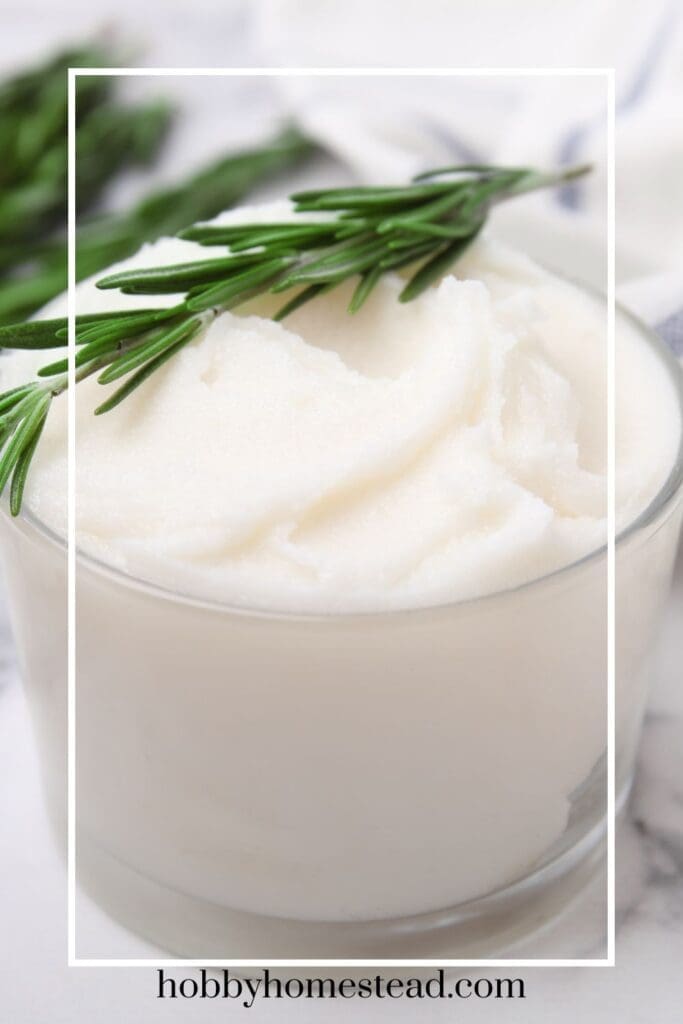
Does tallow have a gross taste or smell when you use it?
Properly rendered tallow should not have a gross taste or smell. Instead, it should have a mild, neutral flavor with a slightly beefy aroma that complements savory dishes. However, if tallow smells or tastes unpleasant, it may be due to one of the following reasons:
Reasons for Unpleasant Taste or Smell
- Improper Rendering:
- If the rendering process is done at too high a temperature, it can scorch the fat and create a burnt flavor or smell.
- Bits of meat or connective tissue (cracklings) left in the fat during rendering can also lead to off flavors.
- Low-Quality Fat:
- Using low-grade fat or fat from animals that were not grass-fed may result in a stronger or less pleasant taste.
- Rancid fat used for rendering can produce an unpleasant smell or taste in the final product.
- Storage Issues:
- Tallow stored improperly, such as in a container that allows air or moisture in, can spoil or develop an unpleasant odor.
- Storing tallow near strongly scented foods in the refrigerator can cause it to absorb unwanted smells.
Tips for Preventing Gross Taste or Smell
- Start Fresh: Use high-quality fat, such as grass-fed beef suet or kidney fat (leaf fat), for the best results.
- Render Slowly: Use a slow cooker, crock pot, or Dutch oven on very low heat to prevent scorching.
- Strain Well: Use a fine mesh strainer or coffee filter to remove all impurities during the rendering process.
- Store Properly: Keep tallow in an airtight container in a dark place, refrigerator, or freezer to maintain freshness.
If you’ve rendered tallow correctly, it should enhance your cooking rather than detract from it. Its mild flavor and high smoke point make it ideal for frying, roasting, and other high-heat cooking methods.
Closing Thoughts Making homemade beef tallow is a simple recipe that transforms beef fat into a versatile, sustainable cooking fat. Whether you’re using it for frying, baking, or skincare, this “liquid gold” is one of our favorite things in the homestead kitchen. Try this method for the first time and enjoy the satisfaction of creating your own tallow!

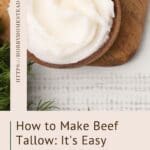
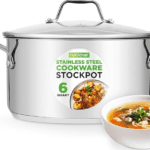

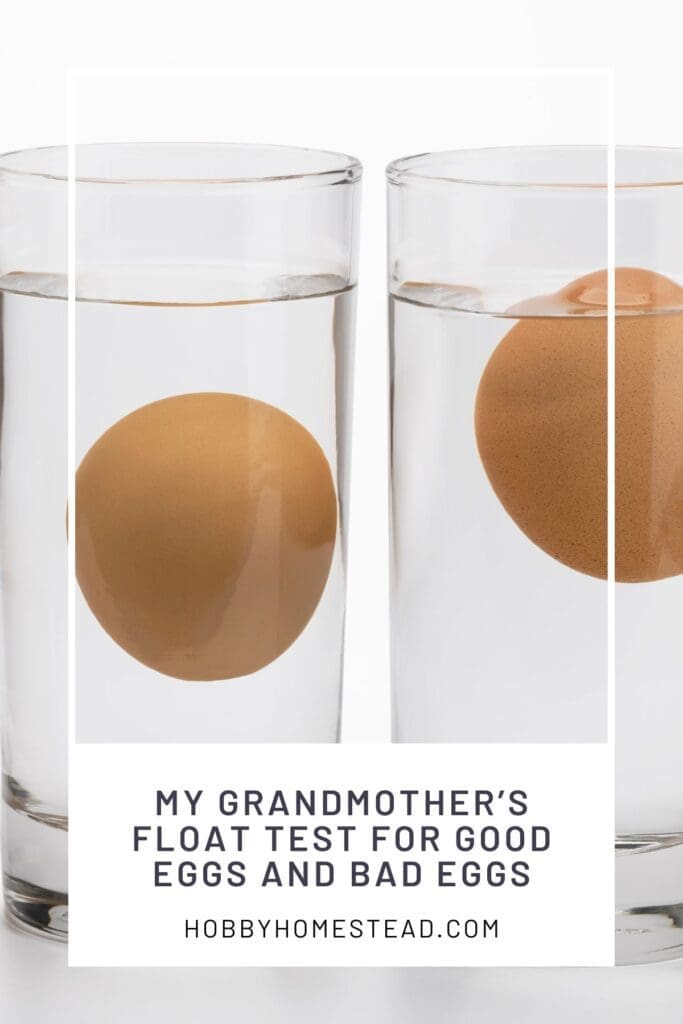
A wonderful way to use what you have.